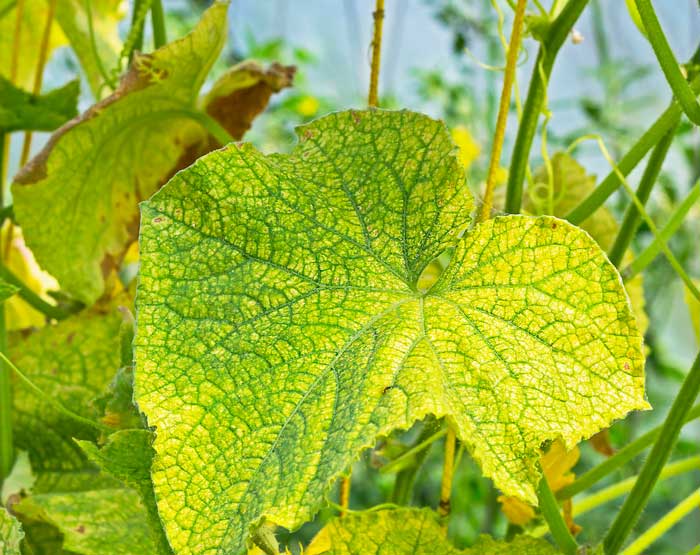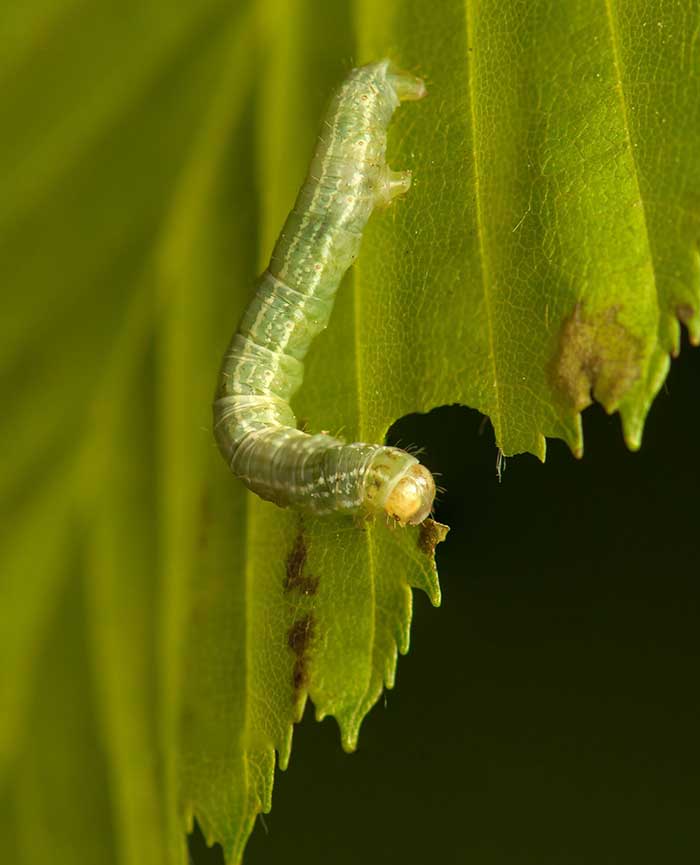9 Common Garden Pests

When it comes to our gardens, it is like they are a part of our family. We feed them, clean them, make sure nothing is hurting them. But that is not to say that they are entirely safe, in fact, you will find that this is often the furthest thing from the truth. More commonly seen in the realm of vegetable gardens, there are a plethora of pests that want nothing else than to take advantage of you raising such delicious plants. Here are some of the most common offenders, and some great ways to deal with them.
9 Common Garden Pests and How to Deal With Them
Red Spider Mites - These tiny mites live under leaves and suck sap, which causes yellow mottling. Fine webs sometimes become visible. Raise humidity and use a biological control under glass. Otherwise, try organic sprays.

Codling Moth - To avoid maggots in apples, spray emerging caterpillars twice using bifenthrin, starting in midsummer. Also, hang pheromone traps in late spring to catch male moths and prevent them from mating.
Winter Moth - In spring, the leaves of fruit trees are webbed together and hide these green caterpillars inside. Holes become visible when leaves expand. Apply sticky traps to capture adult moths.
Scale Insects - Shell-like bumps on leaf backs result will result in reduced growth. Other symptoms include sticky excretions and sooty mold on evergreens. Wash off mold, and spray with horticultural oil.
Whitefly - Under glass, hang yellow sticky pads to trap the tiny white flying adults, which suck sap from plants. You can use a biological control (Encarsia wasp) on larvae or spray with organic chemical controls.
Viburnum Beetle - Both the adults and larvae eat holes in the leaves, which can slow growth and looks unsightly. Spray badly affected plants in spring with bifenthrin or thiacloprid.
Thrip - This little black sap-sucker, known as "thunder fly," causes white patches on the petals and leaves of indoor plants, and also peas, leeks, onions, and gladioli. Use biological controls.
Vine Weevil Larvae/ Adult - In either of its forms, this critter can cause some real damage to your plants. The larvae is a small, cream-colored grub with a brown head. They feed on roots and can cause plants to collapse suddenly. The adult beetle is nocturnal, flightless and makes notches in leaves. Use a biological control (nematodes).
Cabbage White Caterpillars - These voracious eaters decimate brassicas and nasturtiums. Rub off egg clusters and pick off any caterpillars you find.
Tomato Moth- The tomato moth damages fruits, and as the name implies it has an affinity for tomatoes. Pick off any caterpillars you find.
Green Thumb
Green Thumb always does the most it can when it comes to helping people out with landscaping. We have been working out of Eau Claire for several years, and in that time we have helped people and businesses alike achieve a higher quality of landscaping and design. If you have any questions on gardening or garden maintenance, don't hesitate to call us today. Our landscaping experts will always be happy to help out and lend some advice to gardeners. If you need additional help, call us at (715) 832-4553!
|